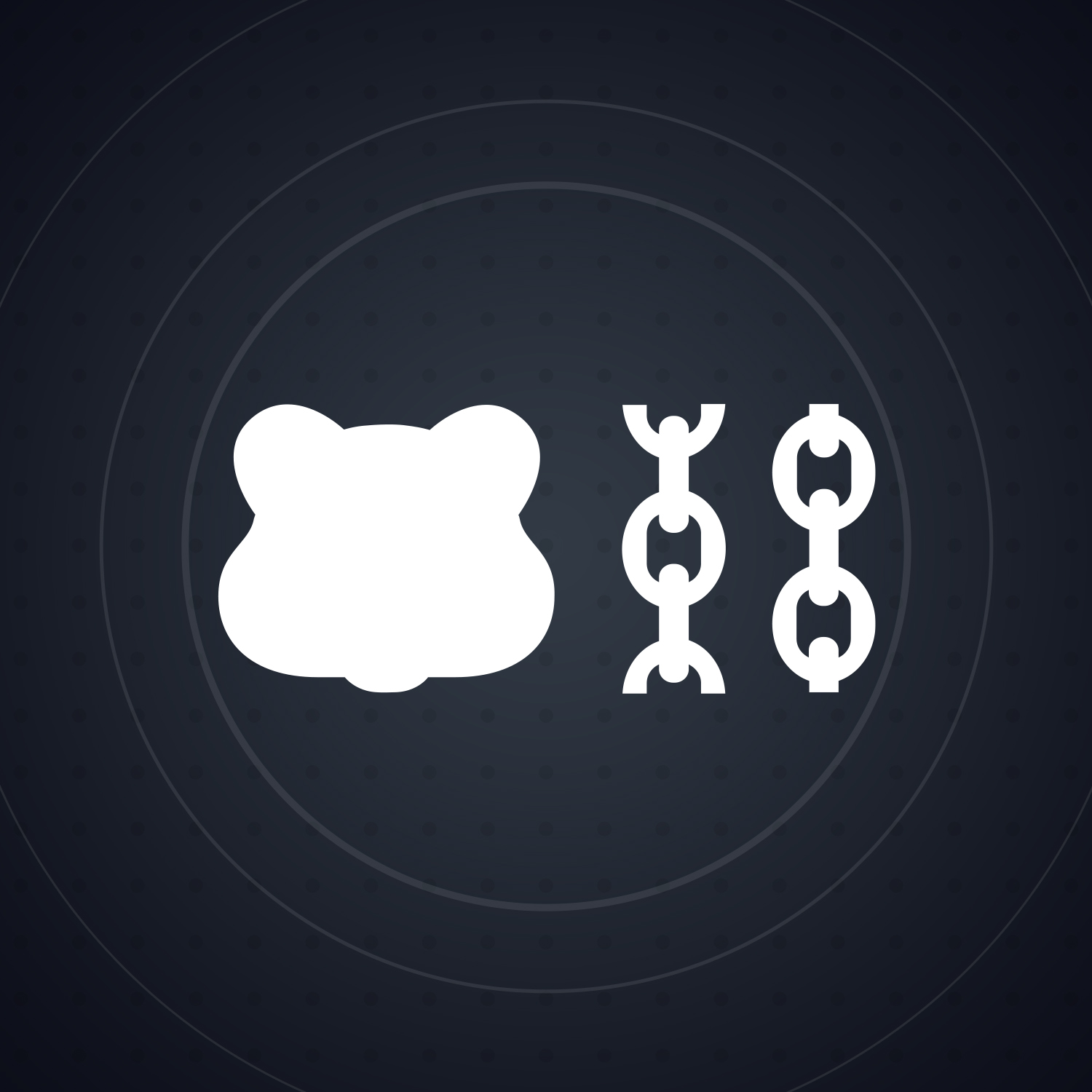Berachain is a high-performance, EVM-compatible blockchain built on an innovative consensus mechanism called Proof-of-Liquidity (PoL). This novel approach introduces a fresh way of aligning network incentives between validators and decentralized applications (dApps), fostering an ecosystem where liquidity and application growth go hand in hand. In this article, we will dive into how Proof-of-Liquidity works, explore the potential of this consensus mechanism, and examine real-world use cases on Berachain.
What is Proof-of-Liquidity (PoL)?
Proof-of-Liquidity (PoL) is a consensus mechanism that leverages liquidity as a core component of blockchain validation. Instead of the traditional Proof-of-Stake (PoS) model where validators lock up tokens to secure the network, PoL integrates liquidity directly into the validation process. This allows validators to not only secure the network but also distribute rewards in the form of BGT (Berachain’s native governance token) to various decentralized applications.
The critical advantage of PoL is that it enables dApps to bootstrap their growth by using BGT rewards, without necessarily creating liquidity from their own reserves. Validators distribute BGT as part of their block validation rewards, and these tokens are directed toward reward vaults, which are smart contracts designed to incentivize user engagement.
How PoL Works on Berachain
PoL’s mechanism revolves around the idea that developers can create whitelisted reward vaults, which receive BGT emissions from validators. Each reward vault is tied to a specific ERC-20 token, and users who stake that token into the vault earn BGT rewards.
The key to this system is flexibility: developers choose which ERC-20 tokens users need to stake in order to earn BGT. These tokens represent specific actions that users must take within the application. For instance, staking liquidity provider (LP) tokens from a decentralized exchange (DEX), depositing debt tokens from a lending protocol, or providing liquidity to a perpetual swap platform.
The flow of BGT rewards, controlled by validators, ensures that incentives are closely aligned with user engagement and liquidity provision. Validators can decide which applications receive their BGT emissions by controlling their cutting board, a system that enables them to allocate rewards to different vaults based on governance.
Real-World Use Cases on Berachain
To better understand how PoL works in practice, let’s examine three applications on Berachain: BEX, Bend, and Berps, each of which uses a BGT-earning reward vault.
1. BEX (Berachain’s DEX)
BEX is a decentralized exchange where users can stake liquidity provider (LP) tokens to earn BGT rewards. For example, a user can provide liquidity in the HONEY-WBERA or HONEY-ETH pool, receive LP tokens for their contribution, and stake these tokens into a reward vault to earn BGT. However, not all liquidity pairs are eligible for BGT rewards—only pools that have received governance approval can participate, ensuring that rewards are allocated where they drive the most value.
2. Bend (Lending Protocol)
Bend is a native lending protocol where users can borrow the HONEY token by depositing collateral. In this case, users earn BGT by depositing debt tokens (representing the borrowed HONEY) into a reward vault. The staking process is seamless, as the protocol handles the issuance of debt tokens automatically. This incentivizes users to participate in borrowing activities, ensuring both liquidity and engagement on the platform.
3. Berps (Perpetual Swap Platform)
On Berps, users provide liquidity to the platform, which acts as the counterparty to all trades. When users deposit HONEY into the Berps vault, they receive a token called bHONEY, representing their deposit. By staking bHONEY in the Berps reward vault, users earn BGT rewards. The reward structure here is designed to attract liquidity providers and maintain a balance within the trading ecosystem.
Customizing User Incentives with PoL
One of the most powerful features of PoL is the ability for developers to design custom user journeys. In each of the examples above, the application defines how users acquire the token required for staking. This could be a simple process like depositing into a liquidity pool or a more complex journey involving multiple steps across different dApps.
The flexibility to craft unique user experiences makes PoL a valuable tool for developers who want to encourage specific behaviors. For example, an application could create multiple reward vaults for different actions, each with its own staking token. A protocol offering perpetuals might set up separate vaults for long and short positions, rewarding users based on their market stance.
Debunking Misconceptions About PoL
A common misunderstanding of PoL is the assumption that protocols must have their own governance tokens to participate. This is not the case. PoL allows protocols to use any ERC-20 token as the staking token in their reward vaults. For instance, instead of using a governance token, a protocol could issue receipt tokens representing a specific action, such as staking or borrowing, and these tokens would be eligible for staking in the reward vault.
By decoupling the idea of reward vaults from governance tokens, PoL opens the door for protocols at various stages of development to participate in the Berachain ecosystem, whether or not they have launched a native token.
Aligning Value and Incentives: No Free Lunches
While the flexibility of PoL offers numerous benefits, it’s important to note that participation in the system is not free. For an application to create a BGT-earning reward vault, it must undergo a governance approval process by BGT holders. This ensures that only applications providing value to the ecosystem are eligible to distribute BGT rewards.
Take, for example, BEX, Bend, and Berps—all of these applications generate fees from user activity. These fees are collected and distributed among BGT delegators through a smart contract called FeeCollector.sol. This system encourages applications to share a portion of their earnings with BGT holders, ensuring that the incentives remain aligned between developers, validators, and users.
FeeCollector.sol: A Simple but Powerful Mechanism
The FeeCollector smart contract plays a key role in Berachain’s incentive structure. It collects fees in any ERC-20 token from native dApps and auctions them off in exchange for HONEY. The auction system ensures that the tokens are sold for the best possible price, typically with MEV actors participating to extract value. The proceeds are then distributed to BGT stakers, creating a continuous flow of value for participants in the Berachain ecosystem.
Conclusion: Unlocking New Possibilities with Proof-of-Liquidity
Berachain’s Proof-of-Liquidity consensus mechanism introduces a new way for developers to incentivize user participation and liquidity provision while aligning value with the ecosystem. By leveraging BGT emissions from validators, applications can craft unique user experiences, encourage specific behaviors, and bootstrap growth without bearing the direct cost of rewards.
However, with great power comes great responsibility. To participate in PoL, applications must prove their value to the Berachain ecosystem and secure governance approval to access BGT rewards. This ensures that incentives remain balanced, driving sustainable growth for both the network and its users.
Berachain’s PoL model is a groundbreaking step forward for blockchain consensus, offering developers new tools to create dynamic and engaging decentralized applications that thrive on liquidity and user engagement.

